In your photo the corrosion on the outside does not really matter, and it tends to be self-limiting- once a layer forms the corrosion slows greatly.
What matters is the connection between the plated copper or brass lug and the copper wire, and that is a crimp connection. A proper crimp joint is gas-tight and will not allow corrosion to occur within the joint.
To get a reliable gas-tight crimp proper tools should be used in accordance with the manufacturer's directions. A cheap crimp tool that just mashes the lug barrel against the wire is a recipe for unreliability. Good ones are made with precision, hardened dies and ratchet so that once a crimp is started it must be completed before the tool opens.
Here is a photo (from here) of some properly crimped connectors that have been sectioned to show the wire-lug interface. As you can see it's become pretty much a solid mass:

If you sliced open your automotive lug you would likely see a similar wire-lug interface that is a solid mass.

